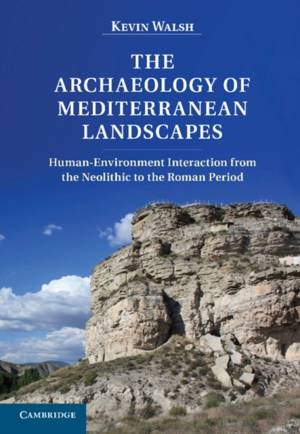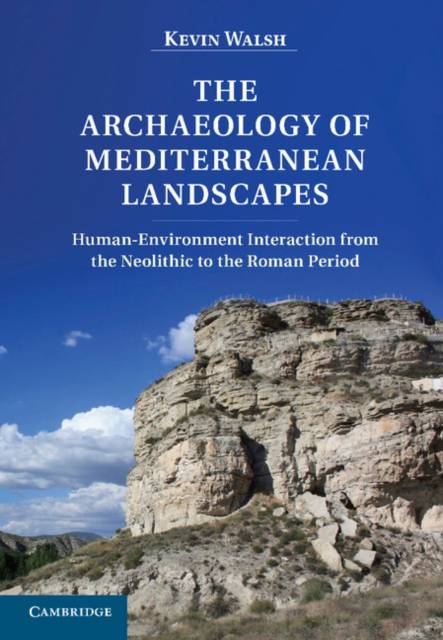
- Afhalen na 1 uur in een winkel met voorraad
- Gratis thuislevering in België vanaf € 30
- Ruim aanbod met 7 miljoen producten
- Afhalen na 1 uur in een winkel met voorraad
- Gratis thuislevering in België vanaf € 30
- Ruim aanbod met 7 miljoen producten
Zoeken
The Archaeology of Mediterranean Landscapes
Human-Environment Interaction from the Neolithic to the Roman Period
Kevin Walsh
Hardcover | Engels
€ 197,45
+ 394 punten
Omschrijving
This volume presents a comprehensive review of palaeoenvironmental evidence and its incorporation with landscape archaeology from across the Mediterranean. A fundamental aim of this book is to bridge the intellectual and methodological gaps between those with a background in archaeology and ancient history, and those who work in the palaeoenvironmental sciences. The aim of this volume is twofold: first, to provide archaeologists and landscape historians with a comprehensive overview of recent palaeoenvironmental research across the Mediterranean, and second, to consider ways in which this type of research can be integrated with what might be considered "mainstream" or "cultural" archaeology. This volume takes a thematic approach, assessing the ways in which environmental evidence is employed in different landscape types, from coastal zones via rivers and wetlands to islands and mountainous areas. This volume also presents analyses of how people have interacted with soils and vegetation, and revisits the key questions of human culpability in the creation of so-called degraded landscapes in the Mediterranean. It covers chronological periods from the Early Neolithic to the end of the Roman period.
Specificaties
Betrokkenen
- Auteur(s):
- Uitgeverij:
Inhoud
- Aantal bladzijden:
- 384
- Taal:
- Engels
Eigenschappen
- Productcode (EAN):
- 9780521853019
- Verschijningsdatum:
- 18/11/2013
- Uitvoering:
- Hardcover
- Formaat:
- Genaaid
- Afmetingen:
- 178 mm x 257 mm
- Gewicht:
- 861 g

Alleen bij Standaard Boekhandel
+ 394 punten op je klantenkaart van Standaard Boekhandel
Beoordelingen
We publiceren alleen reviews die voldoen aan de voorwaarden voor reviews. Bekijk onze voorwaarden voor reviews.










